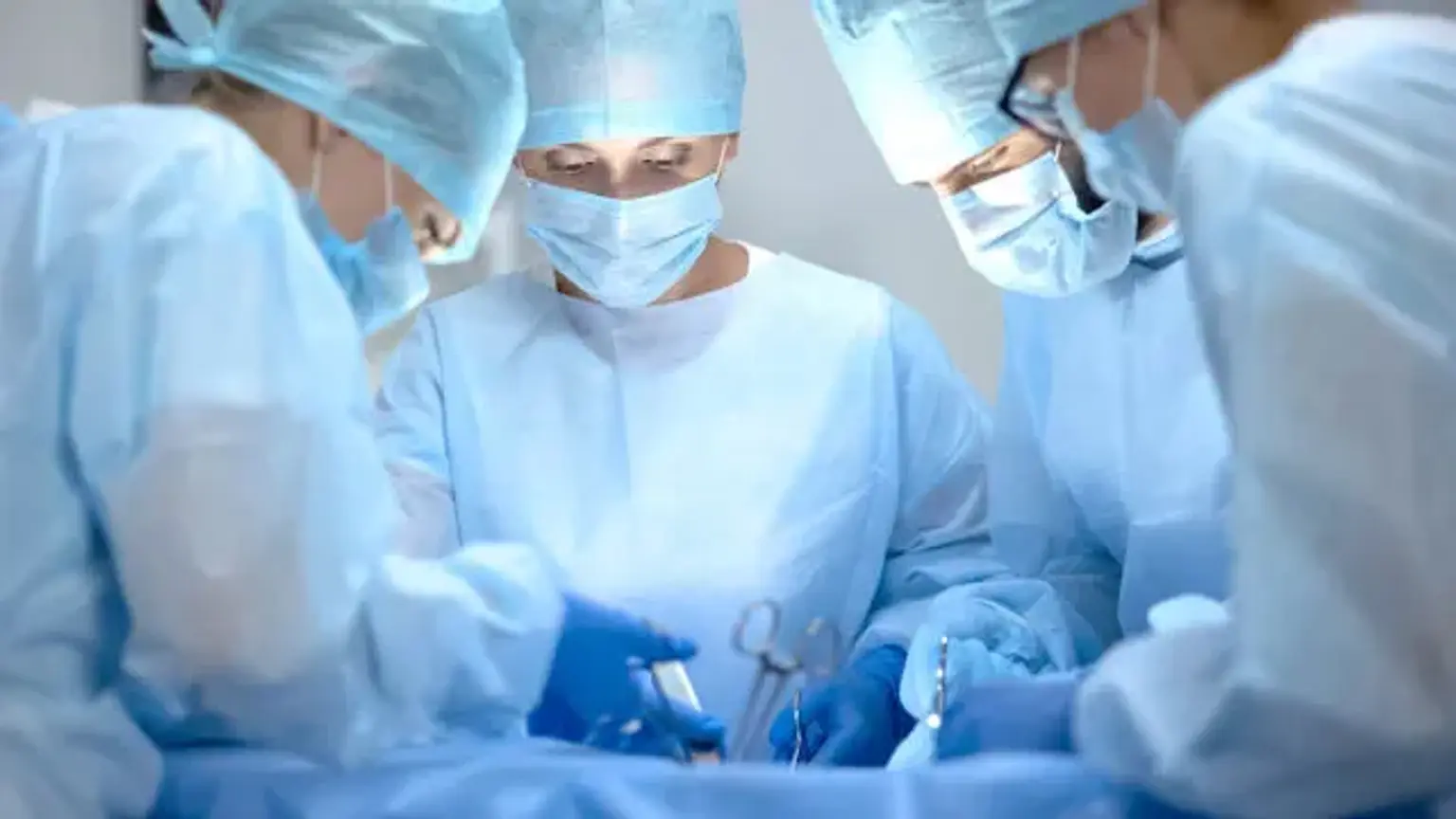The heart and thoracic organs are responsible for conducting various activities, including supplying oxygen and vital nutrients within the body. The health of these organs is thus the center of the general good body health. However, certain factors can increase the risk of various acute to life-threatening conditions such as heart attack and stroke.
In such cases, cardiovascular & thoracic surgery might be the best treatment alternative. This is if the condition is intense and affects the normal functions. The surgical procedure does not only helps restore the impaired functions but also restore the patient’s health.
Definition of Cardiovascular and Thoracic Surgery
Cardiovascular and thoracic surgery is a surgical operation on the heart and the thoracic or chest organs. Basically, cardiovascular surgery entails the major blood vessels of the heart. On the other hand, thoracic surgery involves the lungs, thymus, esophagus, and other organs within the chest.
